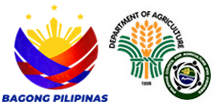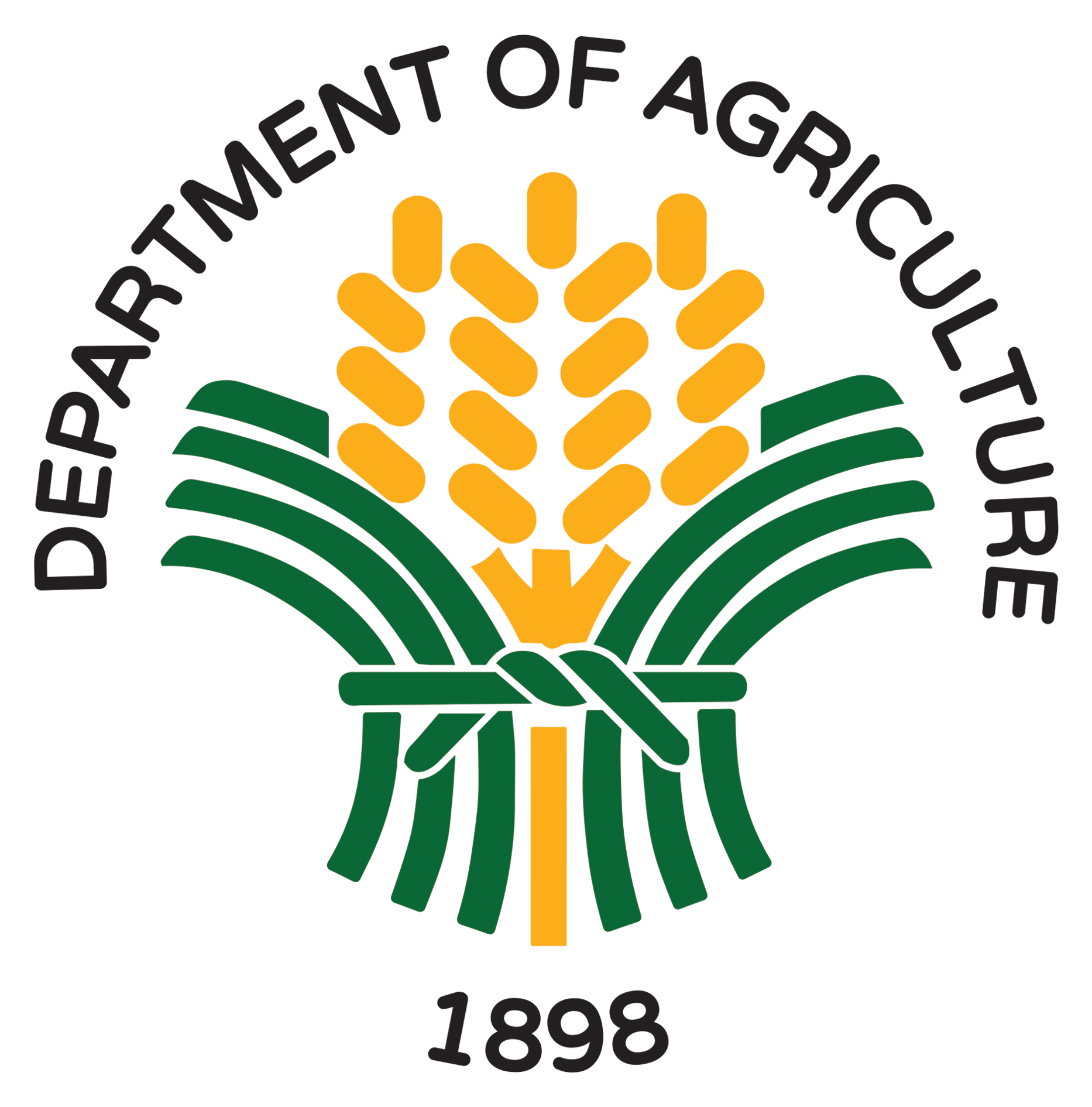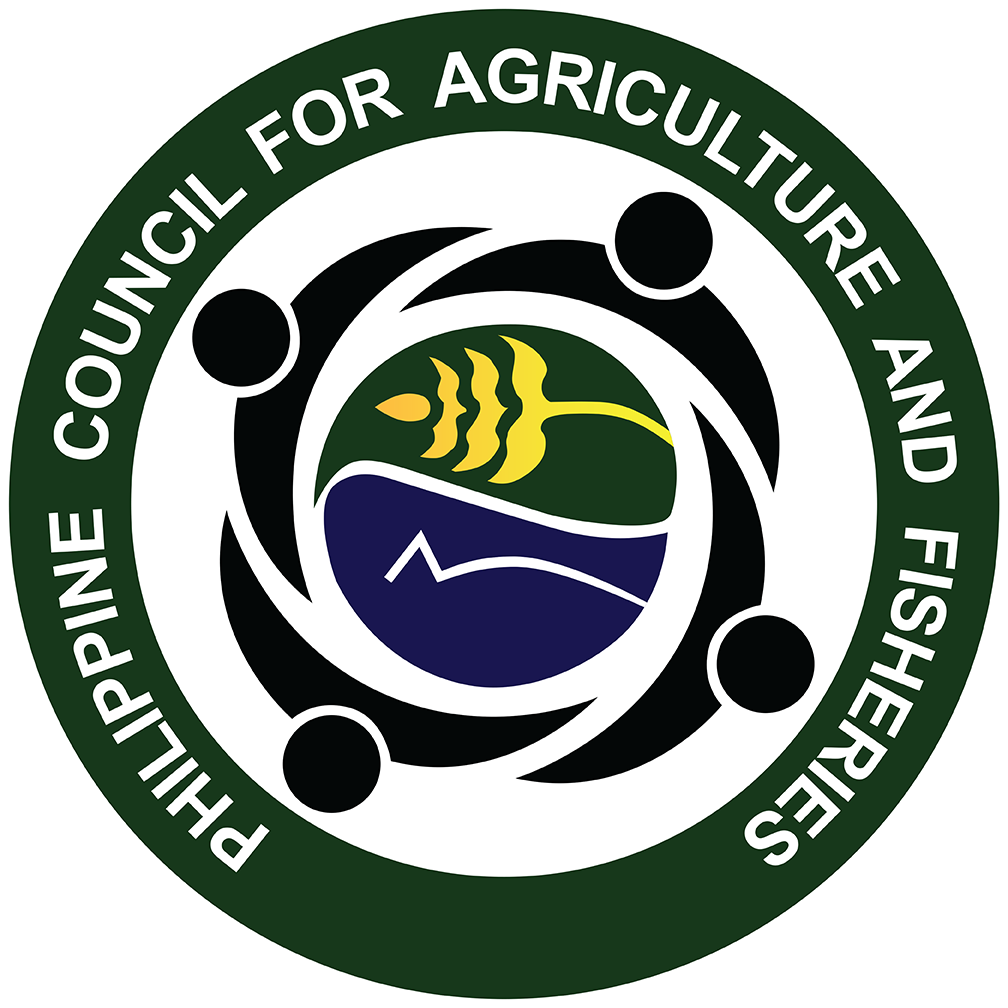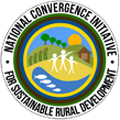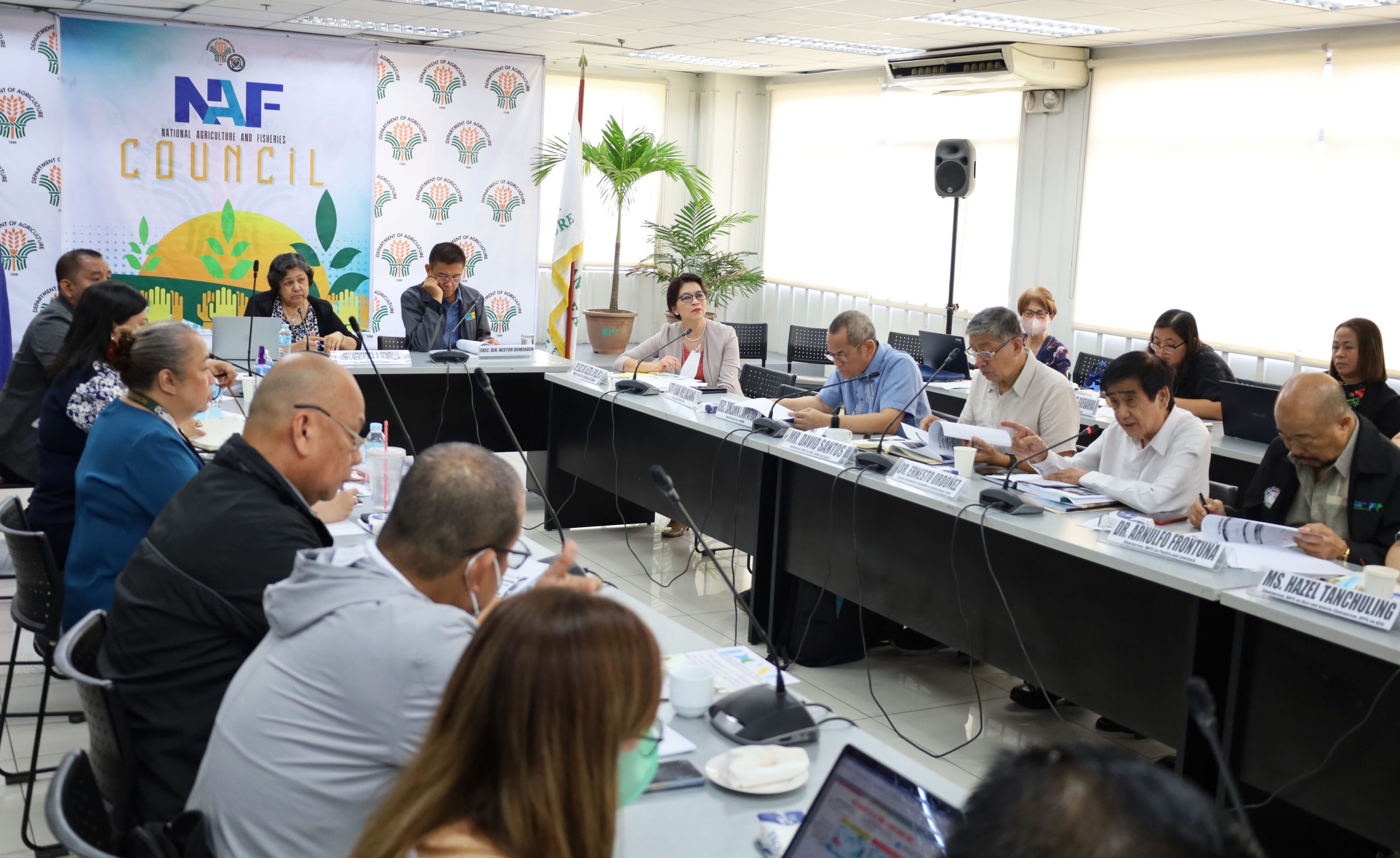
With the endorsement of the National Agriculture and Fisheries Council (NAF Council) of the Department of Agriculture’s (DA) Fiscal Year (FY) 2024 Plan and Budget Proposal (PBP) on April 25, 2023, private sector members of the Council highlighted the importance of new innovations and approaches to be integrated into the proposal to enhance the competitiveness of agri-fishery sector.
With a total proposed budget of PhP396.0 Billion or 151.04% higher than the FY 2023 General Appropriations Act, the private sector recommended coming up with realistic and attainable targets, and the impacts should be felt down to the farmer and fisher levels.
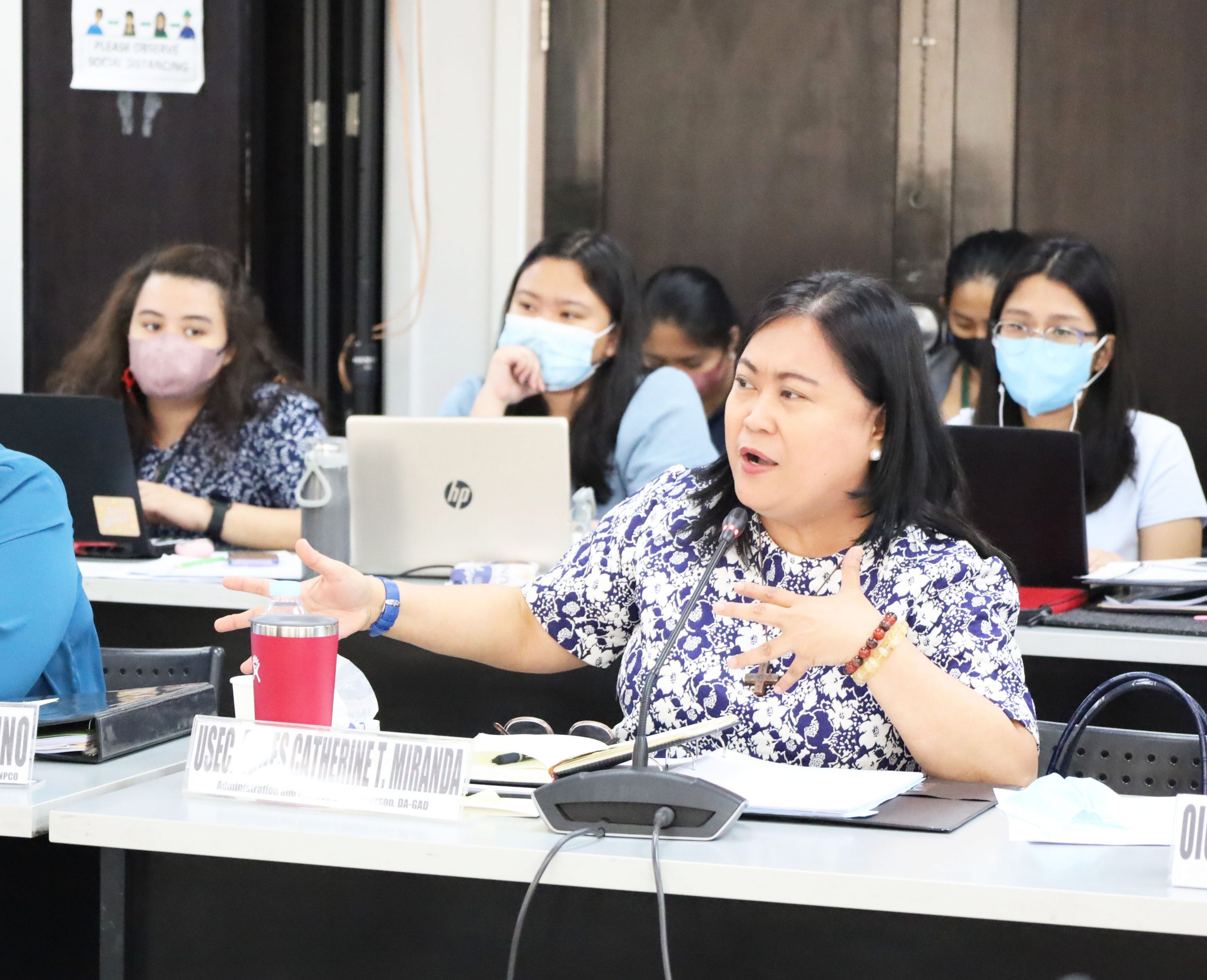
Undersecretary for Administration and Finance Agnes Catherine Miranda recognized the challenges in matching the budget per commodity because they needed to balance the President’s priorities.
“There are some parts of the budget that are private sector-led but we are not stopping there. That is why we have Tier 2 proposals. As for the Department of Agriculture, this is not a dream budget. These are the requirements of the private sector and we have undertaken technical workshops to come up with an attainable proposal,” said Usec. Miranda.
The NAF Council meeting was chaired by Undersecretary for Policy, Planning and Regulations and NAF Council Vice Chairperson Mercedita Sombilla representing the Department Secretary. As the Head Secretariat of the NAF Council, Philippine Council for Agriculture and Fisheries (PCAF) Executive Director Nestor Domenden and Deputy Executive Director Julieta Opulencia were also present at the meeting.
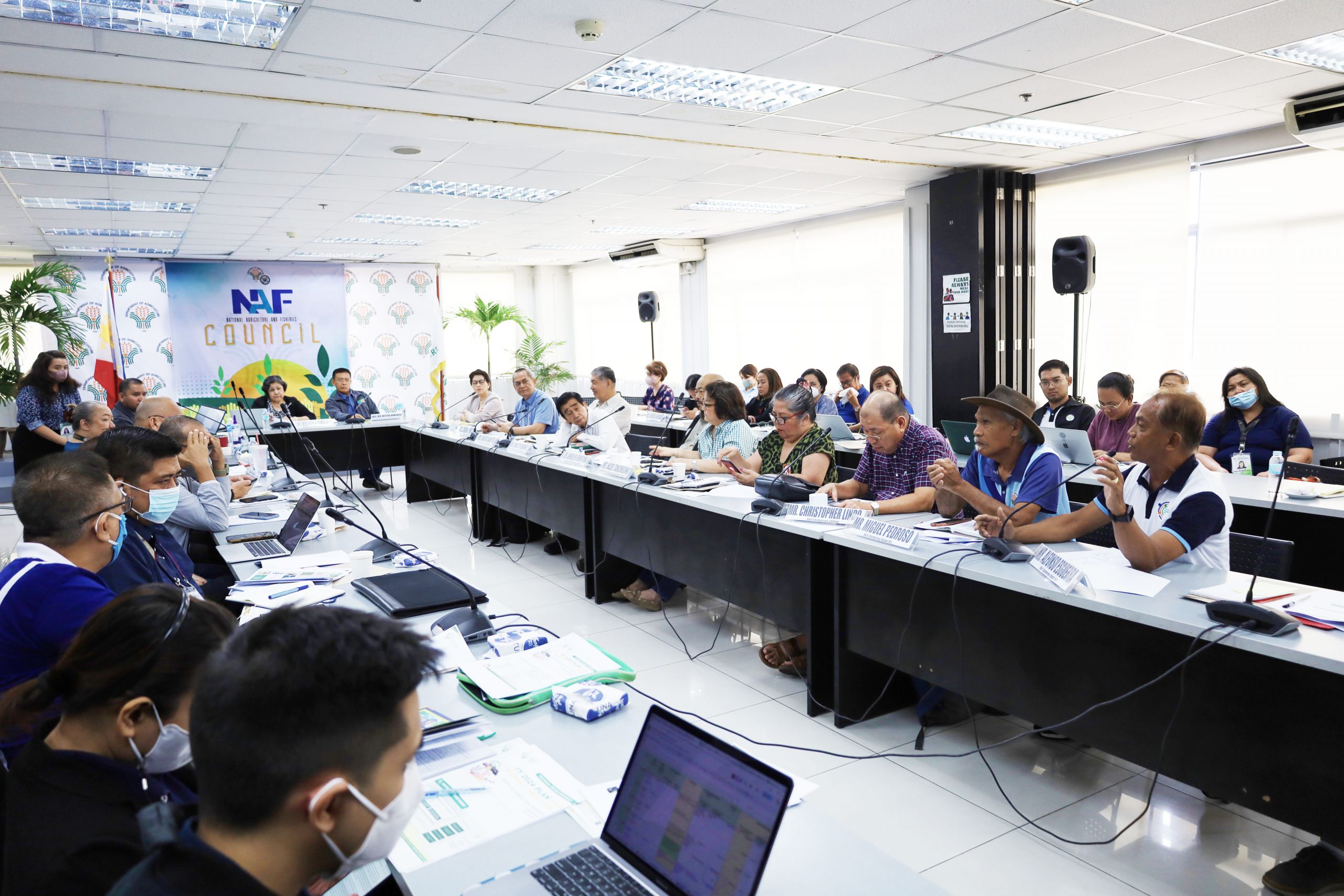
NAF Council as the apex consultative and advisory body of the DA composed of key government agencies, local government units, private sector entities, non-government organizations, and people’s organizations, sets the goals and defines the scope of the country’s agriculture and fisheries policies, plans, and programs.
The Council also serves as the integrative, consultative, and monitoring structure for inter-agency and inter-sectoral collaboration activities as prescribed by Republic Act 8435 otherwise known as the Agriculture and Fisheries Modernization Act.
DA’s accomplishments and challenges
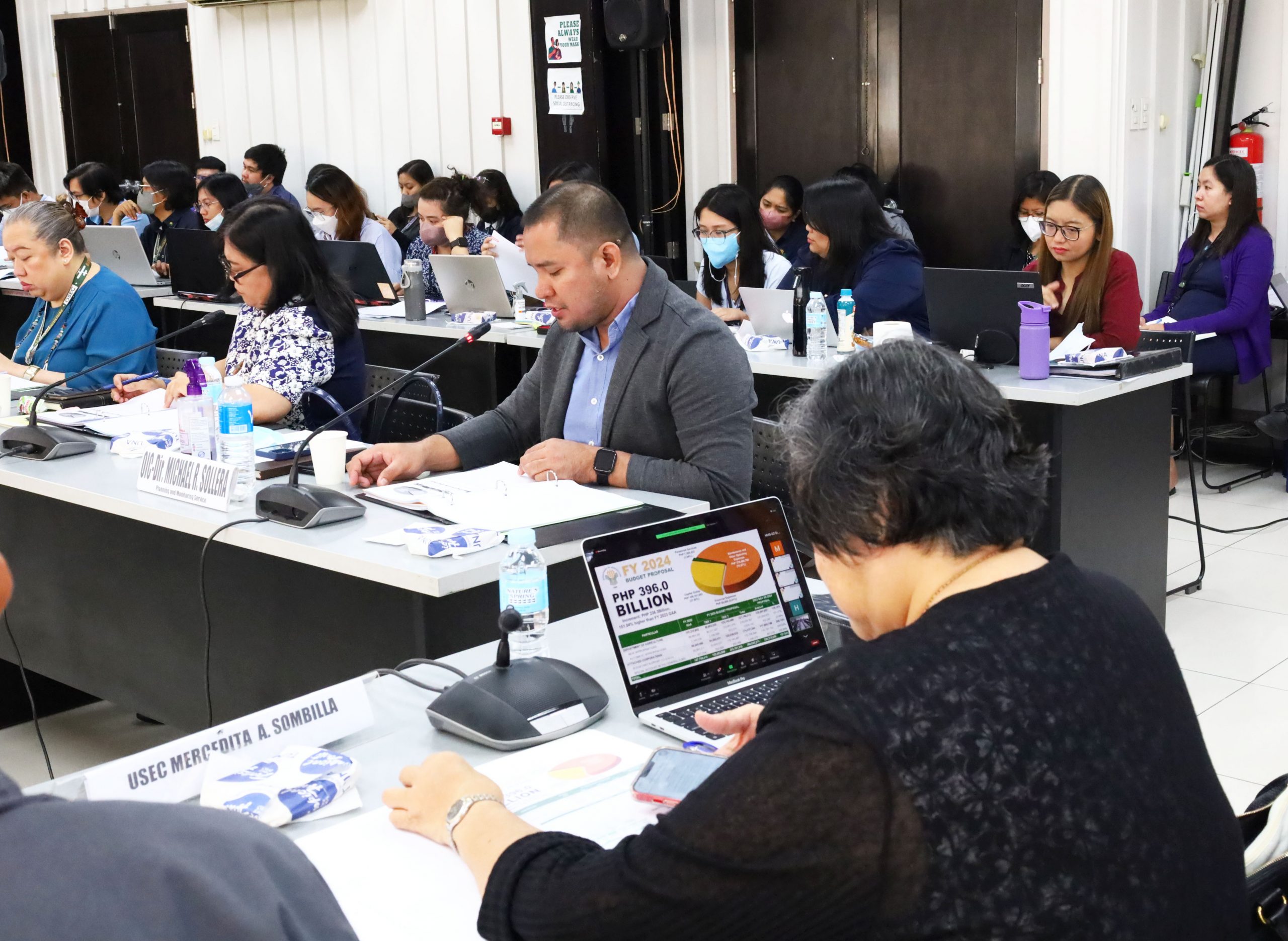
Aside from the FY 2024 plan and budget proposal, DA Planning and Monitoring Services OIC Director Michael Sollera presented the Department’s FY 2022 accomplishment, state of the agriculture and fisheries sector, and thrusts and strategic agenda.
OIC Dir. Sollera mentioned that agriculture, as a main driver of the country’s growth and employment, is one of the priorities of the current President, who also serves as the Department’s Secretary.
The Planning Chief highlighted DA’s accomplishment in boosting local production and raising farmers’ and fisherfolk’s income; ensuring accessible, affordable and nutritious food that benefits all Filipinos; developing strong value chains through the delivery of quality services, and institutionalizing policy reforms to enhance efficiency and accelerate the modernization of the sector.
The Department obligated 92.5% of its total 2022 budget and the remaining funds are either for disbursement or part of the continuing fund.
Dir. Sollera also presented the key factors contributing to the underdevelopment of the sector and its economic impacts. These include low productivity, low crop diversification, poor or inadequate infrastructure facilities, weak marketing or processing linkages, weak research, development and extension, and external factors and challenges like pest infestation and diseases.
Private sector’s recommendations
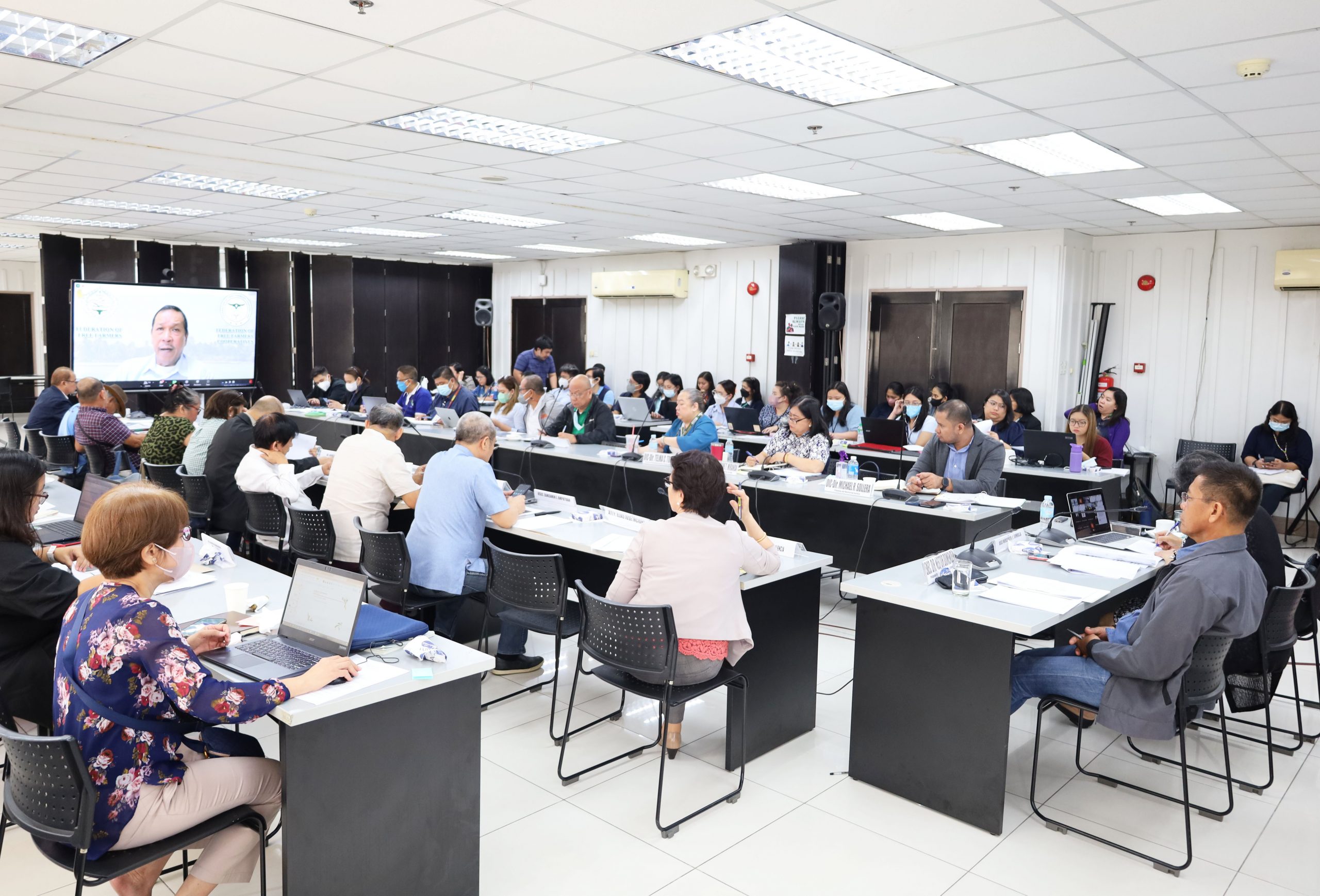
Private sector members of the NAF Council noticed that the country’s agricultural program continues to be rice-centric, making it difficult for the Department to provide adequate allocation to develop other commodities.
However, the DA assured that they will provide support to develop other commodity sectors like livestock, high value crops (HVC), fisheries, and others.
For the 2024 budget proposal, the rice sub-sector has a total of PhP211.7B, with the National Irrigation Administration having the highest allocation amounting to PhP132.3B. For the HVC sub-sector, the proposed budget is PhP22.5B. The Philippine Coconut Authority has the highest budget with PhP10.7B.
For the corn sub-sector, the proposed budget is PhP12.3B, the livestock sector has an allocation of PhP15.9B, and fisheries sub-sector with PhP29.9B.
Cross-cutting activities have PhP6.9 B allocation, locally-funded projects with PhP71.5 B, and foreign-assisted projects with PhP11.1 B.
On the other hand, Committee on International Trade Interim Chairperson Ernesto Ordoñez recommended that the Department ensure that the National Agriculture and Fisheries Modernization and Industrialization Plan (NAFMIP) 2021-2030 is incorporated in the proposal.
NAFMIP is a directional, whole-of-nation plan that serves to steer sector-wide growth over the next decade. It will guide the trajectory of more detailed and operations-oriented agri-fishery development plans such as the commodity system roadmaps, Provincial Commodity Investment Plans, and Comprehensive Land Use Plans.
The Council also reiterated the establishment of the Market Information System and its inclusion in the priority plan to promote and enhance the competitiveness of the sector in international trade.
For the rice sector, Committee on Rice Chairperson Hazel Tanchuling and Federation of Free Farmers Cooperatives, Inc. Raul Montemayor reiterated their recommendation to the DA to consider the adoption of the System of Rice Intensification (SRI).
SRI is a production technique used to increase the productivity of irrigated rice using relatively lesser chemical inputs, water usage and seed requirements, resulting in reduced environmental impacts.
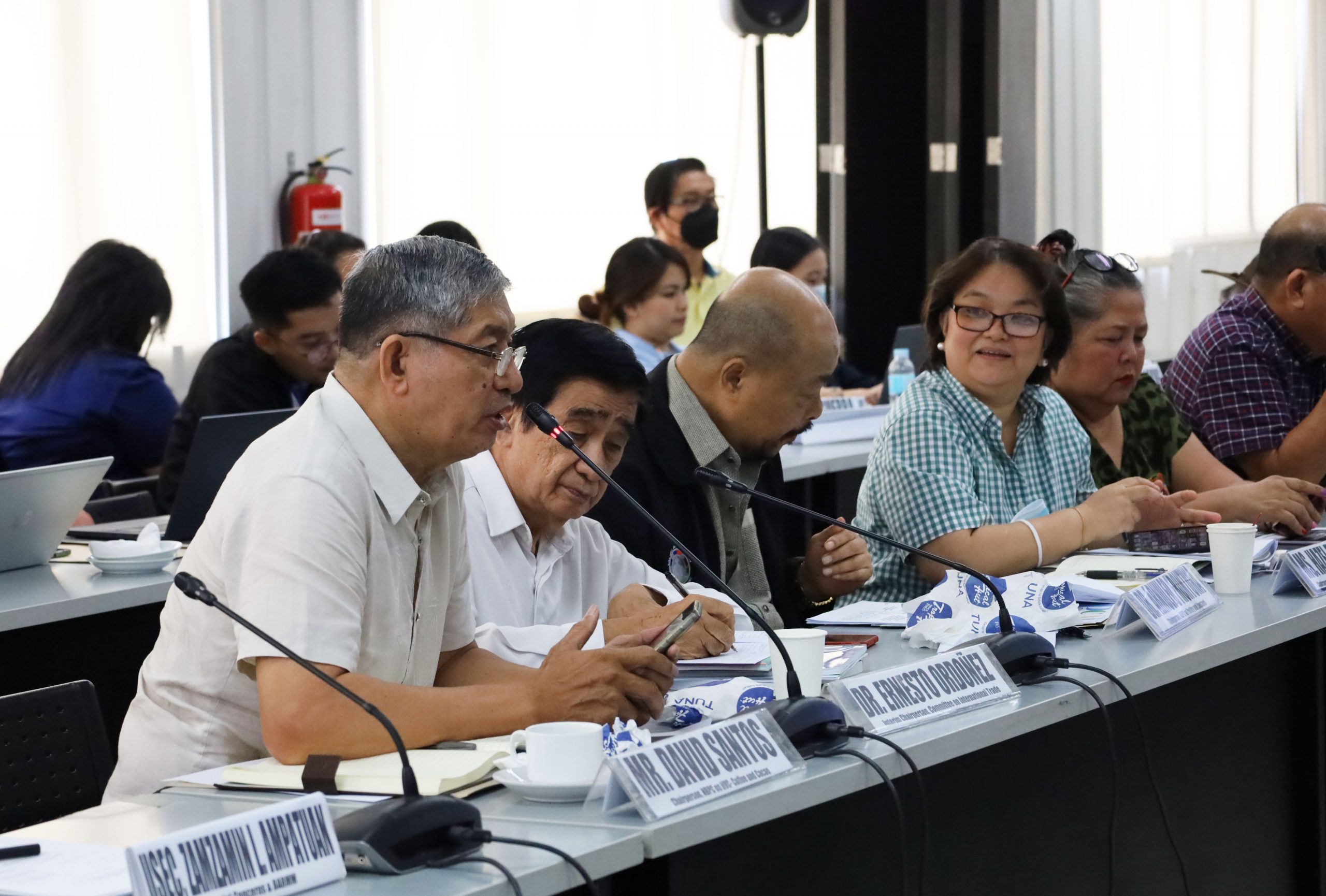
Likewise, Committee on HVC-Coffee Chairperson David Santos recommended improving the quality of planting materials and postharvest facilities. For climate change concerns, Rice Chairperson Tanchuling also asked the DA to strengthen the early warning programs and suggested crafting an El Niño contingency plan that will include mitigating measures to ease the impact of the phenomenon.
For the fiber industry, both Bicol Regional Agricultural and Fishery Council (RAFC) Chairperson Bernadette delos Santos and Committee on HVC-Fiber Crops Chairperson Michael Claparols mentioned that a resolution had been passed to consider additional fund allocation for abaca fiber development.
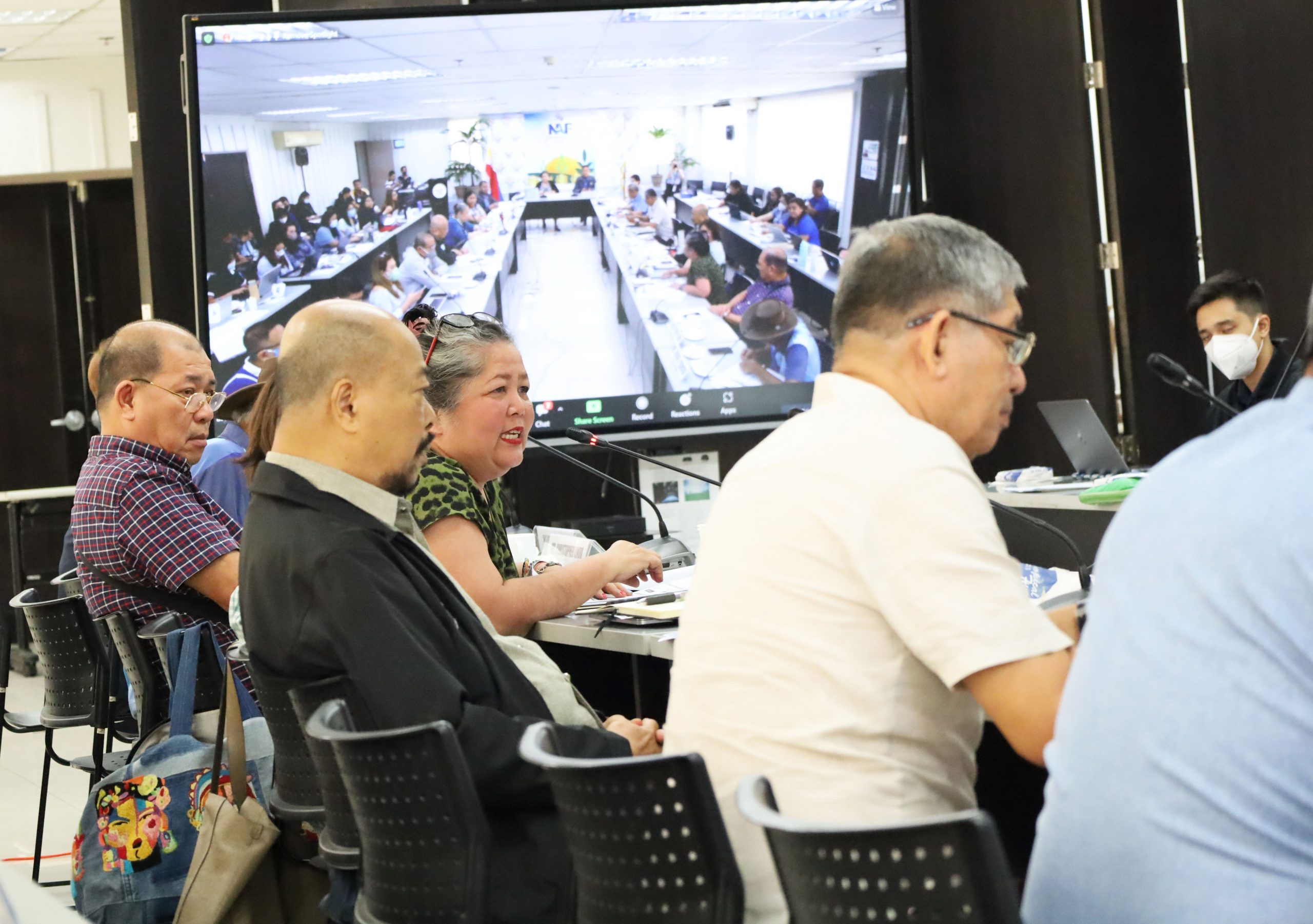
RAFC Chairperson delos Santos also requested to include fund allocation for pineapple fiber development pointing out that the industry needs immediate assistance to address the rampant production or proliferation of “fake” abaca fibers.
Private sector representatives from the livestock industry also requested additional provision of PhP2.5 B for the continuous implementation of the Integrated National Swine Production Initiative for Recovery and Expansion or the INSPIRE Program of DA.
Meanwhile, Committee on Livestock and Poultry Chairperson Arnulfo Frontuna suggested establishing a national surveillance system that would consider the use of African Swine Fever portable testing kits and strengthening regional laboratories and research centers specific for diagnosis and disease identification.
For the corn industry, the establishment of post-harvest facilities, particularly in major producing areas is suggested.
The NAF Council also discussed the effectiveness and impacts of DA’s participation in international trade fairs including the assistance needed by food processors and exporters in availing raw materials at competitive prices, particularly sugar and HVC fruits.
To help the farmers, DA also provided information on the lending scheme of the Agricultural Credit Policy Council and the Land Bank of the Philippines.
The Council endorsed the 2024 PBP to the DBM. However, the private sector is expecting that the DA will consider the recommendations and include them in the final proposal. |JC
